Bengaluru - still widely known to its residents by its previous name of Bangalore, despite the name change 19 years ago - is not only India’s fourth most populous city, it also has India’s third-largest concentration of clubs (after Kolkata/Calcutta and Mumbai). I have already shared the video of my lecture on Indian clubs, but a focus on this city shows a cross-section of the types of establishments found.
The city’s area has been occupied for millennia, acting as a major trading centre. In the 19th century, it became a major British garrison city for the south of India, and it still has an abundance of Victorian gothic architecture and public gardens. Today, it is a major tech centre - the “Silicon Valley of India” - and interest in its historic clubs remains high.
Any overview of the scope of Bangalore clubs is necessarily superficial, simply due to the sheer number found in the city. Nevertheless, I hope this serves as an introduction:
The front lobby of the Bangalore Club, as seen in David Lean’s epic A Passage to India (1984), in which it was used as the authentic filming location for the club-within-the-film. The front lobby is largely unchanged today.
The city’s oldest club is what is now called the Bangalore Club, founded in 1863 as the Bangalore United Service Club, for army officers garrisoned in the city. It remains one of the most authentically preserved colonial-era clubs in the world, with a stately clubhouse at the centre of 15 acres of grounds. It currently has around 8,000 members.
I have previously written about how it was the first club membership of a 22-year-old Winston Churchill from 1896-9 - the one remaining contemporary record is an 1899 ledgerbook (now permanently on display in the Club’s main lobby) noting that he had incurred an outstanding 13-rupee debt on his bar tab when he sailed back to England.
A pivotal figure in the evolution of the Club was Brigadier R. C. R. Hill; beyond an initial stint as Club President in 1927-9, he returned for twenty years from 1942-62, steering it through independence in 1946, whereupon it welcomed Indian members and changed its name to the present form, refocusing itself from a military to a civilian club. On Hill’s retirement at the age of 83, he handed over to the Club’s first Indian President, Major-General S. L. Bhatia.
The Bowring Institute. (Photo credit: Svasa Life.)
The city’s second-oldest club is the Bowring Institute, set up in 1868. As the name suggests, it combines the trappings of a traditional colonial-era literary institute, with a full-scale gymkhana club occupying 12 acres of grounds. It was named after the Chief Commissioner of Mysore at the time, Lewin Bentham Bowring. It has 5,000 members, and recently underwent a considerable restoration.
The outdoor terrace of the Bangalore Golf Club. (Source: Bangalore Golf Club website.)
The Bangalore Golf Club, founded in 1876, is the second-oldest golf club in India (after the Royal Calcutta Golf Club). Occupying 60 acres with 8,100 members, the social life of the Club centres around Pudy’s bar. It is one of several golf and sporting clubs included here, because they are very much run along the lines of a traditional private members’ club, right down to the committee structure.
The Bangalore City Institute Club’s centenary building. (Source: Bangalore City Institute Club website.)
Further out in the suburb of Basavanagudi is the Bangalore City Institute Club, established in 1902 under the patronage of the King of Mysore, Sri. Krishnarajendra Wadeyar, who gave them their 3-acre plot of land. Today the 2,500 members enjoy a substantial sports complex around the main clubhouse.
The patio bar of the Century Club. (Source: Century Club website.)
Major Indian cities often have “Cosmopolitan Clubs”, set up between the 1890s and 1920s. These were European-style clubs which were explicitly set up by Indians and for Indians, in contrast to the “whites only” European clubs of the era. Bangalore’s cosmopolitan club is the Century Club on Cubbon Hill, set up in 1917 by Bharat Ratna Sir M. Visvesvaraya. Its 6,000 members enjoy a complex on 7 acres, centred around a sports terrace.
The Bangalore Turf Club. (Photo credit: Star of Mysore.)
One of the best-known clubs in southern India is the Bangalore Turf Club, centred around a wing of the city’s main racetrack. An equestrian centre had occupied the site since the mid-19th century, but it was established as a club in 1920, very much along the organisational and architectural model of the Royal Calcutta Turf Club. While occupying 85 acres, its membership is limited to a few hundred. The racecourse hosts several major races, including the Kingfisher Ultra Derby, Indian Turf Invitation Cup, and Bangalore Summer Derby.
The Indian Gymkhana Club’s sports complex. (Source: Indian Gymkhana Club website.)
In the neighbourhood of Cox Town is the Indian Gymkhana Club, originally dating to 1932. It occupies a sports complex across 4 acres, including racquets and aquatics, alongside more traditional club pursuits such as cards and billiards.
The Catholic Club of Bangalore. (Source: Catholic Club website.)
The first of the city’s clubs founded after Indian independence, the Catholic Club was established in 1948. Membership is not limited to practising Catholics, but catholicism provides its theme. Membership spans some 2,500 families.
One of the billiard rooms that gives the Association its name. (Photo credit: Karnataka State Billiards Association.)
The Karnataka State Billiards Association is a venerable institution, founded by M. Chenniappan in 1949. He remained involved in the running of the Club until 1992. Despite its name, the Club is not limited in scope to billiards, encompassing everything from athletics to a substantial library. It has 2,500 members.
The Cosmopolitan Club of Bangalore. (Photo credit: Cosmopolitan Club website.)
The Cosmopolitan Club of Bangalore is a sports club dating to 1968, in the suburb of Jaya Nagar, the largest planned suburb in Asia. It has some 4,000 members.
The Karnataka Golf Association. (Photo credit: FromMyExperiences.com.)
The Karnataka Golf Association, claims a foundation date of 1973, though opened in 1986, with land granted by Karnataka’s Chief Minister R. Gundu Rao.
I will curtail any overview of the more recent clubs, simply for reasons of space, but it is worth noting that these include the Koramangala Club (founded in 1976); Best Club (1991); HSR Club (1996); Karnataka Press Club (2017); and far to the north of the city, near Bengaluru Airport, the BLVD Club (2019).
The scope and vibrancy of Bangalore’s club culture is considerable, including several world-class establishments. Many of the clubs have lengthy waiting lists: the Century Club’s is 10-15 years, the Bangalore Golf Club’s is 10-20 years, the Bangalore Club’s is 20 years, and the Karnataka State Billiards Association is 25 years - though the Bowring Institute currently has no waiting list, according to the Bangalore Mirror.
Further reading
Purshottam Bhageria and Pavan Malhotra, Elite Clubs of India (New Delhi: Bhageria Foundation, 2005), pp. 127-154.
M. Bhaktavatsala, The Club World: Bangalore Club - Successors to Bangalore United Service (BUS) Club (Bangalore: Bangalore Club, 1993).
Aliyeh Rizvi, Another World: Bangalore Club (Bangalore United Service Club), 1868-2018 (Bangalore: Bangalore Club, 2018).
You can view the full and varied backlog of Clubland Substack articles, by clicking on the index below.
Index
Articles are centred around several distinct strands, so the below contains links to the main pieces, sorted by theme.

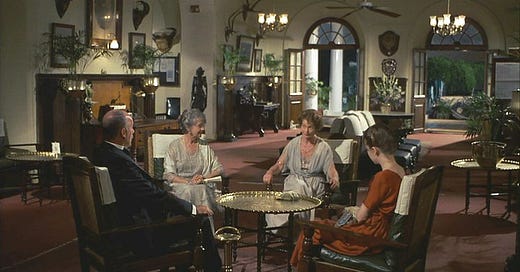




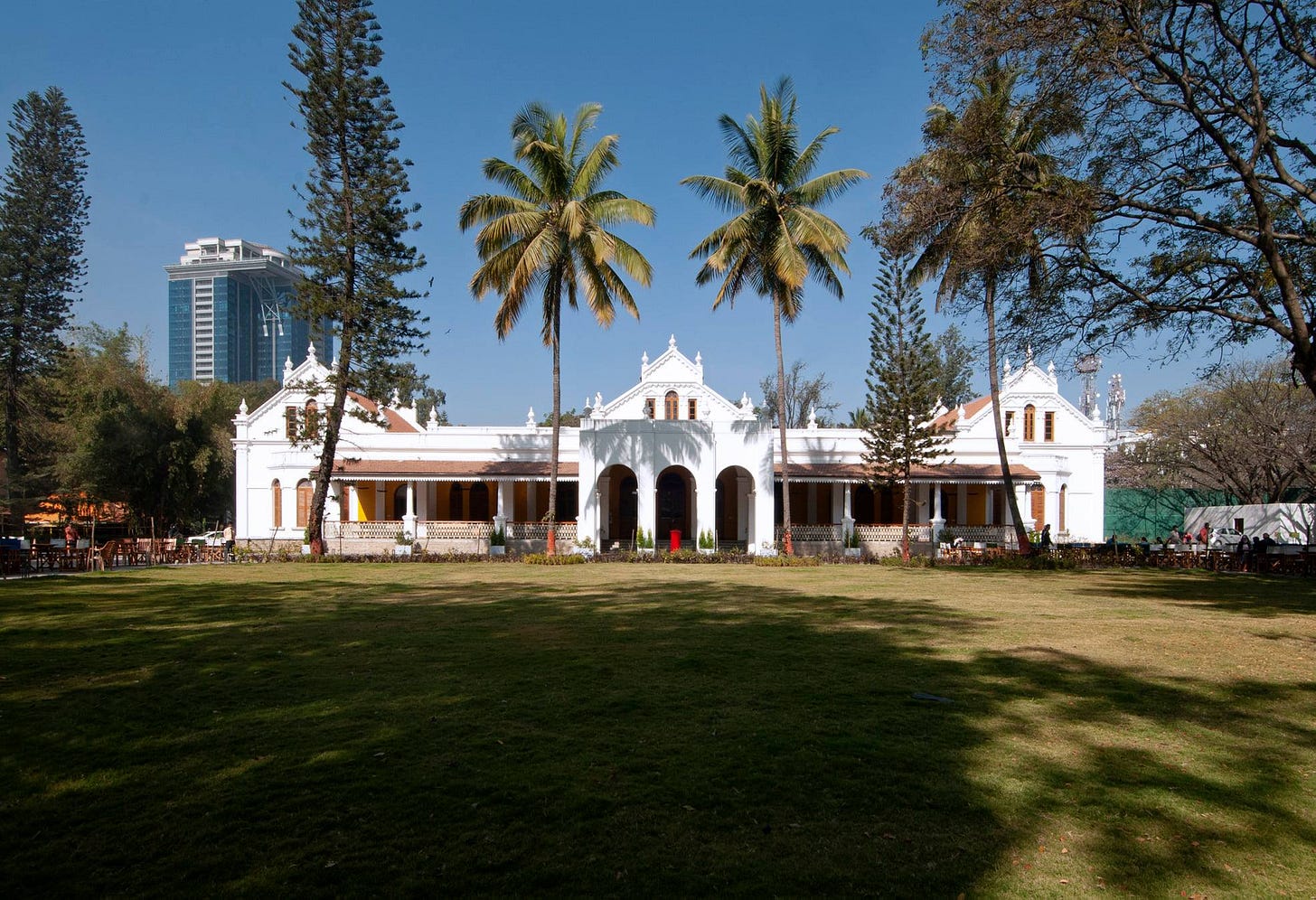
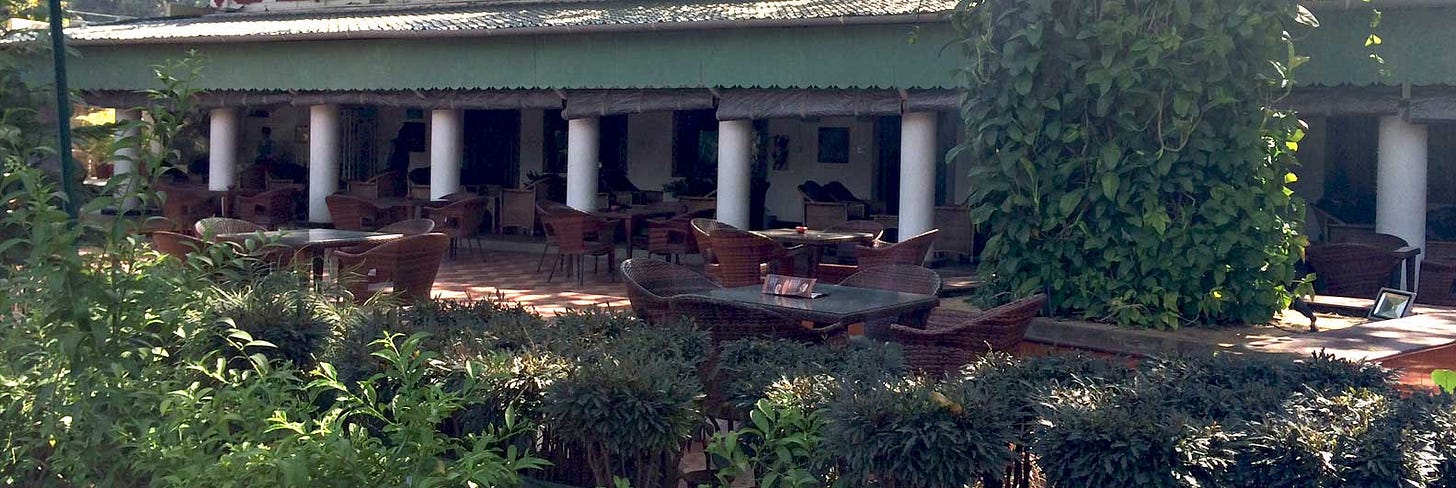


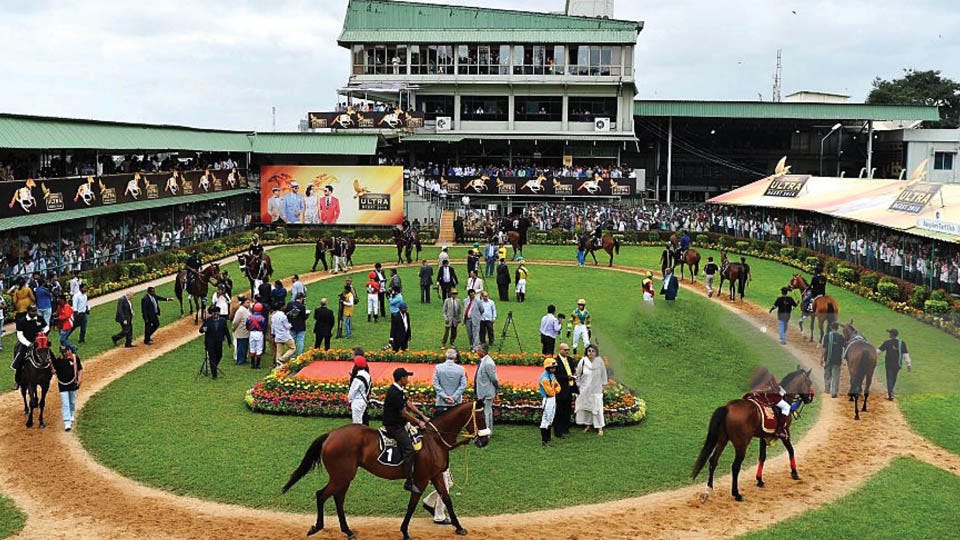
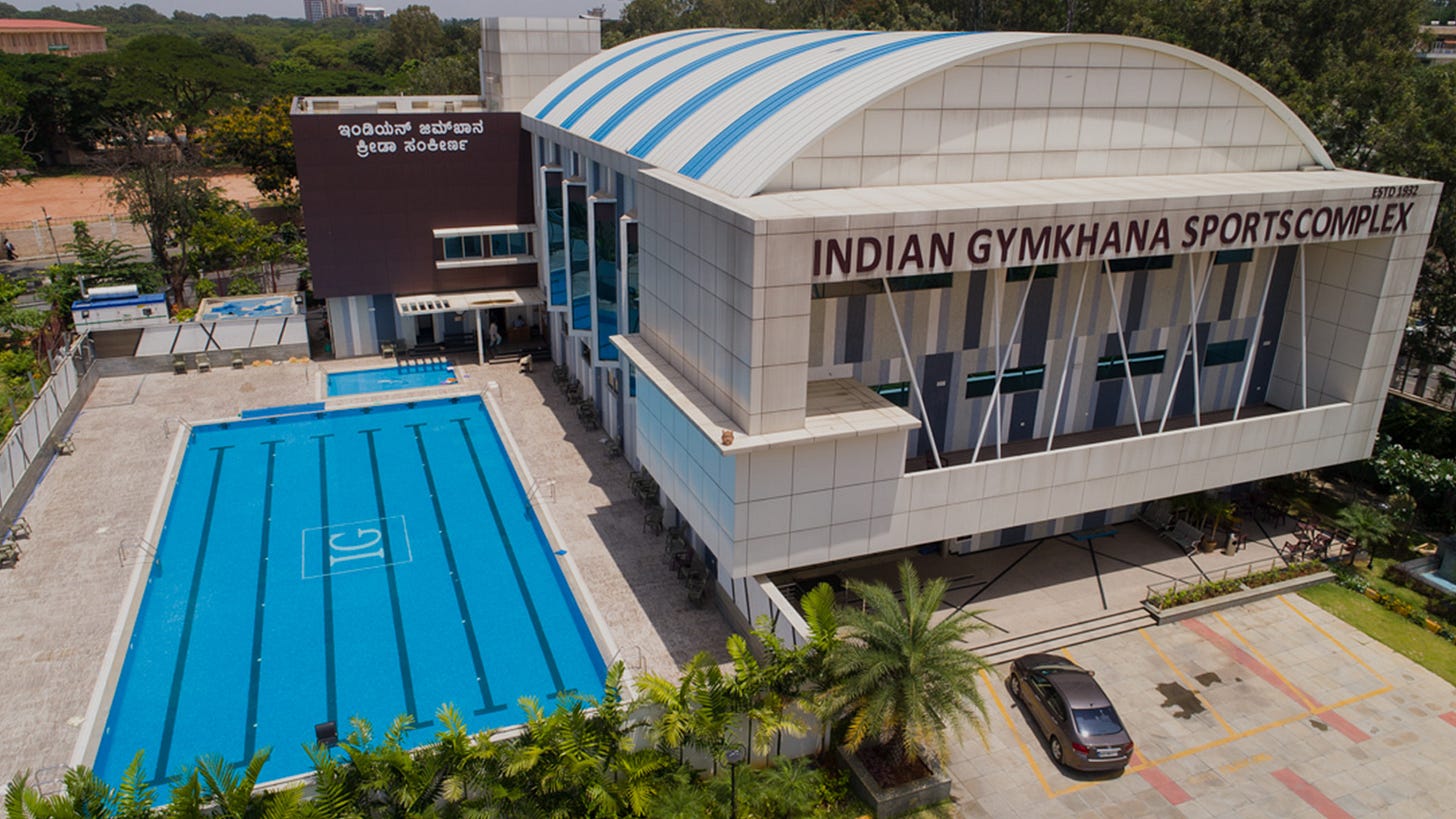
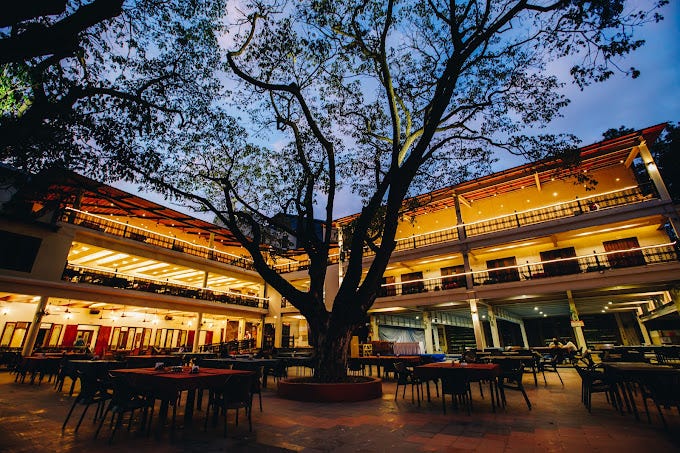

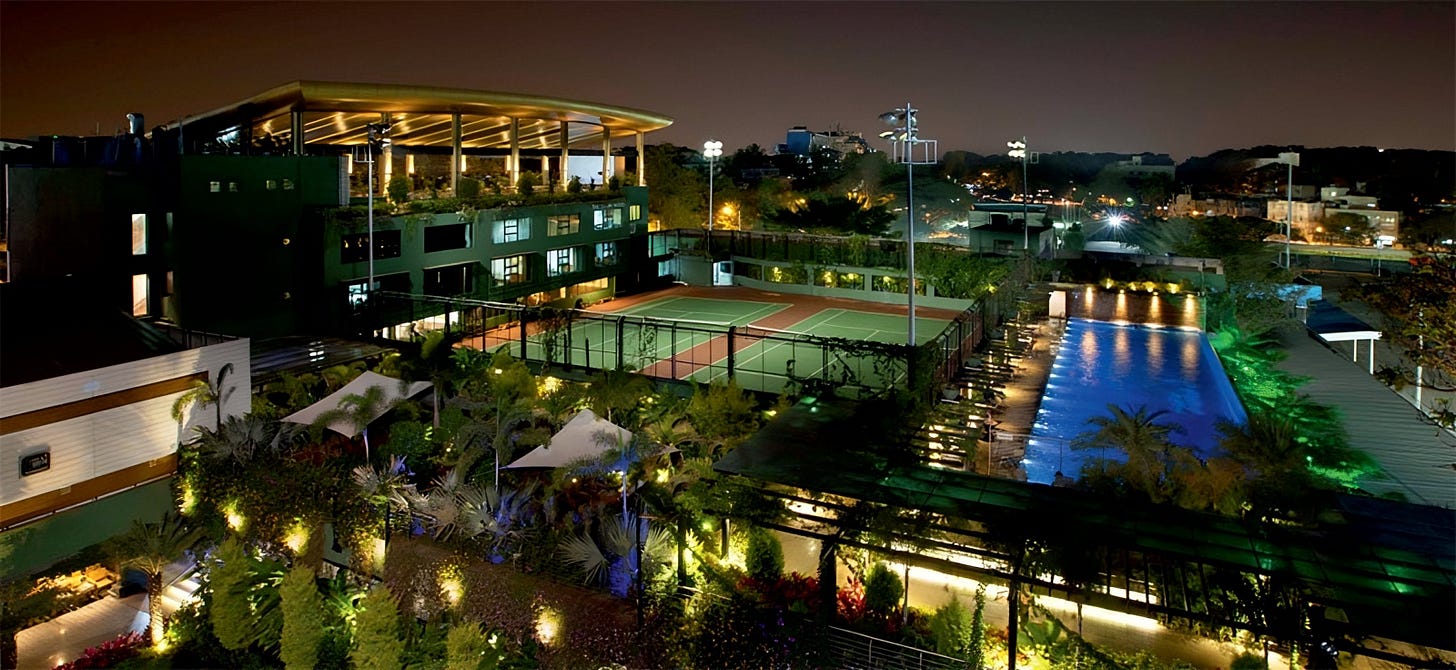
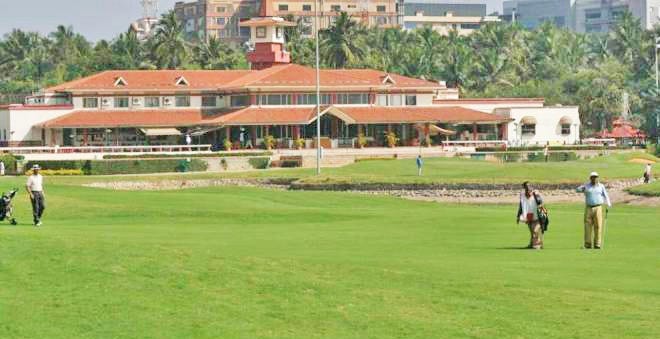
Useful information, or it would be if our Board didn’t believe on faith that there are no clubs in India worth having as reciprocals.